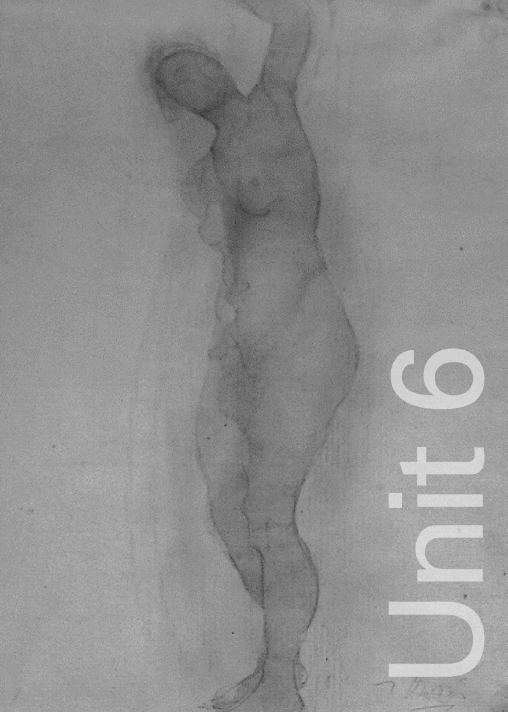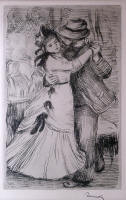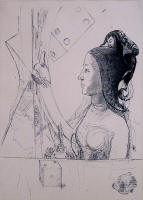 |
Home |
UNIT 6A PEOPLE IN ACTION
ABOUT THE UNIT
In this unit children explore how to convey movement in their work. They explore dynamic activities such as sport, dance, drama and music as a starting point for making work in two dimensions. They look at how the idea of movement is shown in different kinds of art, such as photography, illustrations, cartoons, paintings, prints, and experiment with different methods and techniques to show movement.
UNIT 6B WHAT A PERFORMANCE
ABOUT THE UNIT
In this unit children investigate headwear and costume worn in different times and cultures, including theatre costume. They use this as a starting point for designing and making a piece of headwear for a character in a story, using a range of textiles and other materials.
The Discovery Gallery offers a selection of shoes that invite the viewer to think about the nature of design – for practical, fun, fashion purposes. There is also a dressing-up box and a puppet theatre that encourages visitors to put on a ‘performance’.
The Garman Ryan Collection provides a selection of pictures showing different styles and clothing from different eras and cultures. One could just ask pupils to find and draw examples of different headwear.
 |
Pierre Bonnard ‘Poster for La Revue Blanche’ (lithograph) GR355 (ILLUSTRATION AND SYMBOLISM) |
 |
Pierre-Auguste Renoir ‘The Country Dance’ (etching) GR198 (WORK AND LEISURE) Try to copy this Renoir picture with its flowing sense of line drawing used to give the picture rhythm. Photocopy it onto acetate and project onto a large scale piece of paper making the figures life size. Discuss and try to recreate a modern version of young people at a club. The scale will enable collaborative work. Discuss the wearing of hats for going out (protection from weather), on special occasions (weddings etc), dressing up (in play or going out with friends) and for uniforms (recognition and protection). Collect photographs of examples of headwear and ask pupils to produce their own designs. |
 |
Odilon Redon ‘Throw of the Dice’ (lithograph) GR193 (ILLUSTRATION AND
SYMBOLISM) This is a surreal image showing a hat containing a dragon’s tail. Design and make a hat taking inspiration from either the shapes or the patterns of animals or look at surrealist artists and develop ideas for an outrageous piece of head-wear based on surreal imagery. If pupils are visiting the gallery they could produce drawings based on the sculptures of animals in the collection that could then be used to design their hats. |
%20-%20ca%201987-1640%20BC_small1.jpg)
%20-%20ca%201987-1640%20BC_small1.jpg) |
Egyptian ‘Head of a girl’ (limestone) GR261 (ILLUSTRATION AND SYMBOLISM) |
%20(a)%20-%20ca%202500-2200%20BC_small1.jpg)
%20(b)%20-%20ca%202500-2200%20BC_small1.jpg) |
Egyptian ‘Figure of man wearing a short wig’ (wood) GR277 (FIGURE STUDIES) |
 |
Egyptian ‘Horus wearing the uraeus’ (bronze) GR278 (FIGURE STUDIES) These Egyptian works could be used as a starting point for looking at Egyptian styles in general and how the hair can be decorated using braiding, platting, extensions, ribbons and flowers. This theme can be carried through into set design by researching the designs for Diagalev ballets, for Aida and for the David Hockney set designs for The Magic Flute. |
_small.jpg) |
Francisco de Goya ‘Margarita of Austria, Queen of Spain’ (etching) GR130 (ILLUSTRATION AND SYMBOLISM) |
%20-%201528-1588%20-%20Page%20Boy_small1.jpg) |
Studio of Paulo Veronese ‘Page Boy’ (oil) GR247 (WORK AND LEISURE) These contrast with the headwear of ordinary people in the Renoir picture by showing a portrait of power and wealth. A page boy with a crown again reminds us of special state occasions with kings and queens in crowns and guards in bearskins. The two pages from a Book of Hours (GR213a and GR213b) (RELIGIOUS ART) again show this contrast. The simple hooded head gear of the shepherds contrasted with the crowns and halos of the royal and the holy. |
UNIT 6C A SENSE OF PLACE
ABOUT THE UNIT
In this unit children explore the rural and/or urban landscape as a starting point for two-dimensional work. They record their observations through drawing and photography. They use shape, form, space, colour, texture and pattern to develop and communicate their ideas in a painting. They consider the ideas, methods and approaches of artists who have responded to landscapes in different ways.
This unit asks us to look at the rural or urban landscape as a starting point for 2D work at a time when the good weather should have come and classes may be able to get outside.
|
Home |
A resource web for art teachers using the Garman Ryan Collection and the New Art Gallery Walsall, England as a source of inspiration for the delivery of the QCA National Curriculum 2000 art schemes of work to pupils in Key Stages 1-3 |